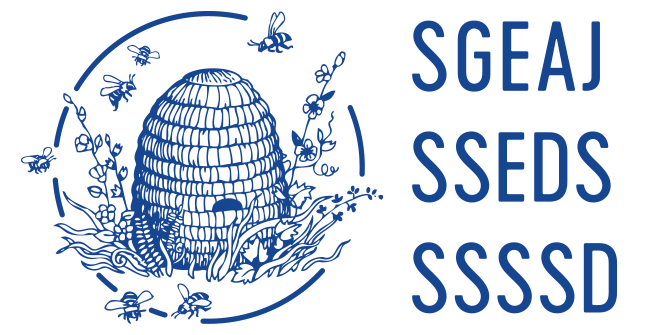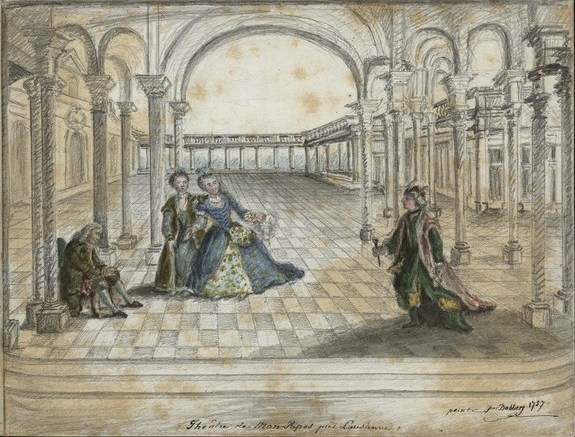Call for Papers for the international conference « Materiality and Confinements in the Medieval and Early Modern Eras: Objects, Actors and Experiences », organised by Dr. Nathalie Dahn-Singh (Université de Lausanne) and Dr. Anna Clara Basilicò (FBK). The conference will take place at the University of Lausanne from 22 to 24 April 2026. Deadline for submissions: 22 September 2025.
The international conference « Materiality and Confinements in the Medieval and Early Modern Eras: Objects, Actors, Experiences » examines confinements through the lens of their materiality. Drawing on a recent historiographical broadening of the field (Claustre, Heullant-Donat, Lusset and Bretschneider 2011, 2015, 2017), the conference aims to address various forms of medieval and early modern confinement, both judicial and non-judicial: prisons, galleys, hospitals, workhouses, cloisters, monasteries, and the like. At the same time, it seeks to reflect on methodological questions pertaining to material history as an approach and to the sources that underpin it. « Material culture », as Anne Gerritsen and Giorgio Riello summarised, « encompasses more than simply material objects. Objects have meanings for the people who produce and own, purchase and gift, use and consume them. Material culture therefore consists not merely of ‘things’, but also of the meanings they hold for people » (Gerritsen & Riello 2021, 3). At the same time, one might add, they also carry a socio-economic dimension. Materiality might therefore open new ways of approaching and narrating the history of confinements, revealing « other registers and ways of knowing beyond the intellectual and cognitive » (Lester 2024, 203).
Contributions are encouraged that reflect on how material history and its sources could contribute to a better understanding of different institutions of confinement and their actors (confined individuals, monks, jailers, doctors, suppliers…), practices, and infrastructures. Indeed, as « the goal of the study of material culture is primarily to understand how people use the material world available to them » (Auslander 2012, 354), we seek to understand what was, in fact, available to confined individuals in carceral, cloistered, or hospital environments and how they acted with or towards a variety of objects, artifacts, and things across the different eras. Furthermore, in most cases, confined individuals have not left egodocuments behind and the archival sources thus do not provide personal written perspectives on their imprisonment, internment, or reclusion experiences. We thus aim to explore the extent to which focusing on materiality might offer divergent/additional information, whether described in written sources or available in other kinds of material records. Is there a difference between « textual » and « tangible » things? Finally, we wish to explore whether there are any specificities to confinement things that set them apart from similar « things » in other settings. We seek to bring together contributions that address different phases of the history of confinements: for instance, the ecclesiastical practices of detrusio in monasterium and immuratio (from late antiquity to the 13th century in particular), the major shift in civil law in the 16th century which marked the crystallization of centuries of canonical penal praxis influence, or the introduction of a correlation between the seriousness of the offence and the length of the prison sentence that came to characterize early modern prisons. The conference will therefore provide an opportunity to discuss the evolution of confinement across the medieval and early modern periods, to identify possible changes, turning points and continuities across these eras, and to draw comparisons.
We welcome proposals based on various types of tangible and textual sources (material, written, iconographic, archaeological) that focus on various confinement institutions and populations from across the medieval and early modern world (up to but not including the revolutionary era). Proposals focusing on gender, religious, and social differences, as well as underexplored regions of the world, are especially welcome.
The working languages of the conference will be English and French. The conference will be held in person at the University of Lausanne. We will submit a funding application to the Swiss National Science Foundation to cover participants’ travel and accommodation costs. We aim to publish selected papers in a thematic issue of a peer-reviewed international journal or in an edited volume with an international publisher.
The conference is organised by Dr. Nathalie Dahn-Singh, University of Lausanne (nathalie.dahn-singh@unil.ch) and Dr. Anna Clara Basilicò, FBK – Istituto Storico Italo Germanico (abasilico@fbk.eu). Please do not hesitate to contact us for any questions pertaining to this Call for Papers.
For more information on the conference, please refer to the attached call for papers and the official website.
Image credits: Graffiti, Sermoneta prison (Castello Caetani), 16th-17th century. Photo: Anna Clara Basilicò.





